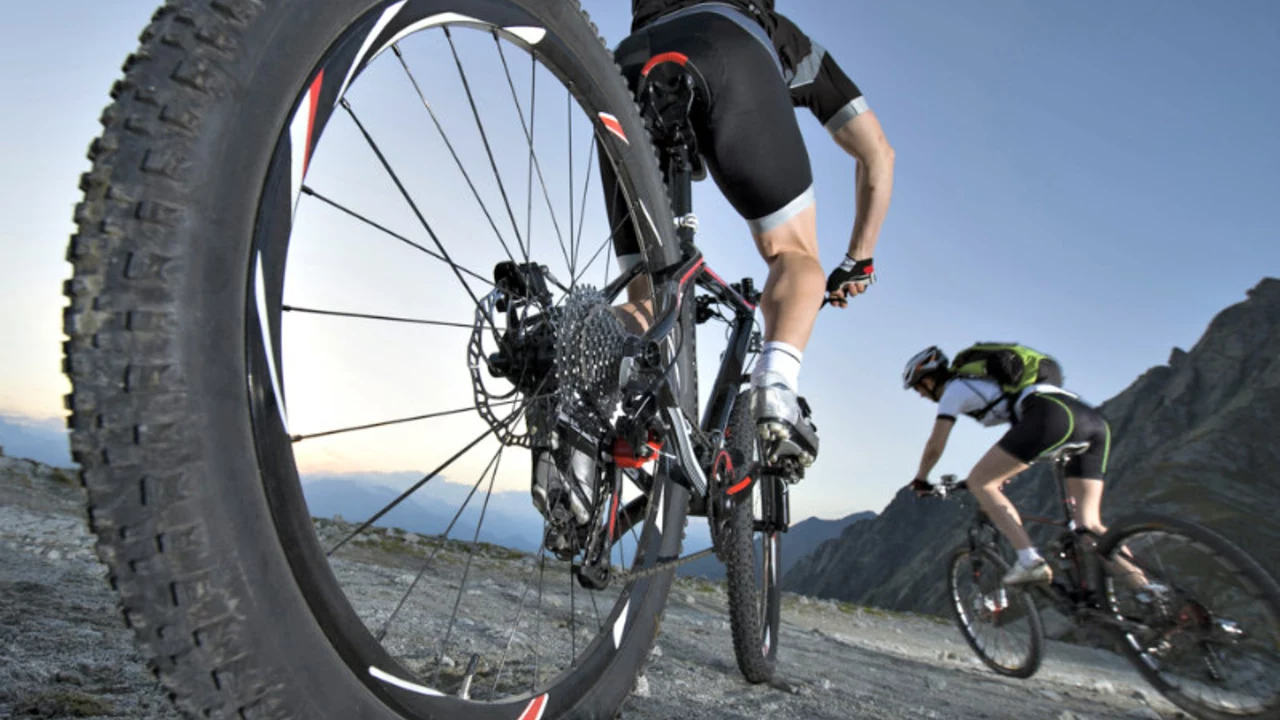City Bikes: Simple Tips for Riding Around Town
Thinking about hopping on a city bike for your daily trips? You’re not alone. More people are swapping cars for two‑wheel transport because it’s cheap, fast and good for the planet. Below you’ll find straight‑forward advice on picking the right bike, staying safe and keeping your ride in shape.
Choosing the Right City Bike
First things first – you need a bike that fits your lifestyle. If most of your rides are on paved streets, look for a lightweight frame, a comfortable upright riding position and stable tires. Step‑through frames make mounting easy, especially if you wear work clothes. Don’t forget a rack or basket if you carry groceries or a laptop; most city bikes come with mounting points for these accessories.
Gear ratios matter too. A single‑speed bike is low‑maintenance, but a few gears help on hilly routes. Test a few models at a local shop, sit on each, and see which feels most natural. Remember, the best bike is the one you’ll actually ride.
Staying Safe on Busy Streets
Safety isn’t optional – it’s part of the ride. Always wear a helmet that fits snugly; it can be the difference between a bruise and a serious injury. Use front and rear lights, even in daylight, so drivers see you from far away. Reflective stickers or sleeves on your clothing add extra visibility.
Learn the local traffic rules for cyclists. In most UK towns, you’re allowed to ride on the road, but bike lanes give you a dedicated space. If a bike lane is blocked, you can safely merge back onto the road, but signal your move with a hand‑signal. Speaking of signals, use clear left‑right gestures for turns and stops – they’re simple, universal and keep everyone informed.
Keep your route simple. Use quiet side streets where possible, and avoid narrow alleys that force you into tight gaps. A mapping app can highlight bike‑friendly paths and show elevation changes, so you know what to expect before you set off.
Regular maintenance keeps safety high. Check tire pressure weekly; a properly inflated tire rolls smoother and reduces the chance of flats. Clean the chain and apply a light oil every few weeks – a dry chain can slip and cause accidents. Inspect brakes before each long ride; they should feel firm and stop the bike quickly.
Finally, pack a small repair kit: a spare tube, tire levers, a mini‑pump and a multi‑tool. Knowing how to change a flat can turn a potential disaster into a quick pit stop.
With the right bike, solid safety habits and a bit of maintenance, city biking becomes an easy, enjoyable part of daily life. Grab a bike, hit the roads, and feel the freedom of moving through town on your own terms.

How do mountain bikes differ from city bikes?
Daxton Fairweather Jul 26 0Mountain bikes and city bikes are designed for different terrains and uses. Mountain bikes are built for tough off-road trails, equipped with robust frames, wide tires, and advanced suspension systems to handle rough terrains. In contrast, city bikes are built for comfort and efficiency on paved roads, featuring lighter frames, narrower tires, and often come with accessories like baskets and fenders. The riding position also varies; mountain bikes position the rider more aggressively, while city bikes allow for a more upright, relaxed ride. Ultimately, the choice between the two depends on your cycling needs and environment.
More Detail